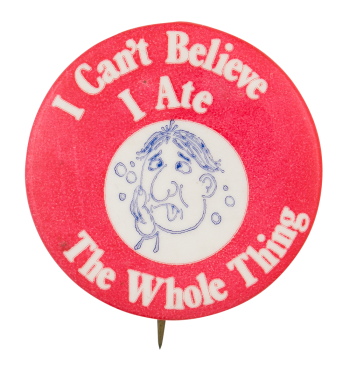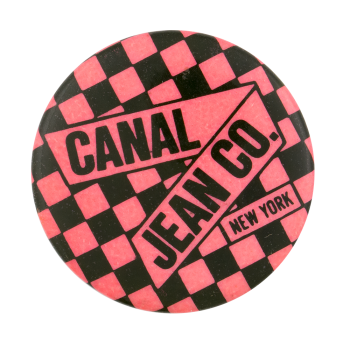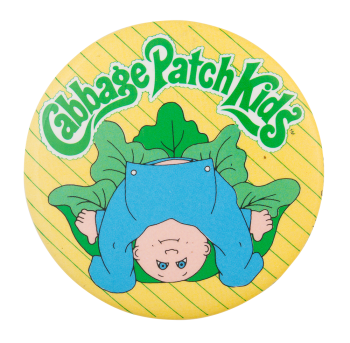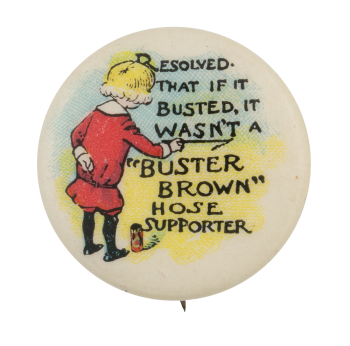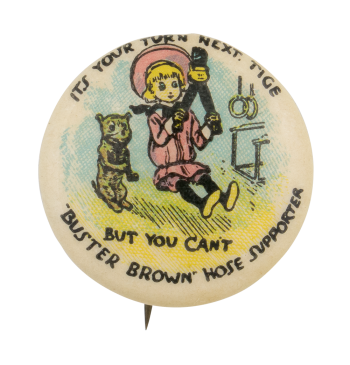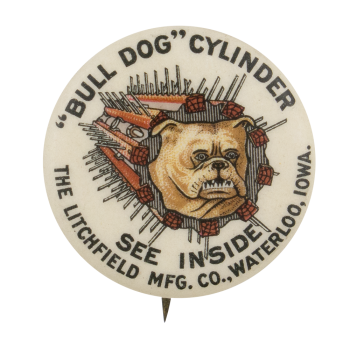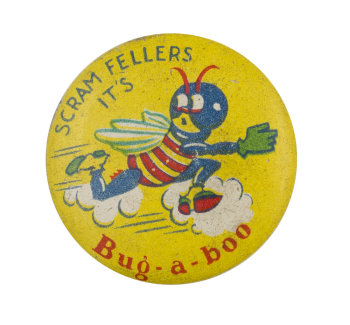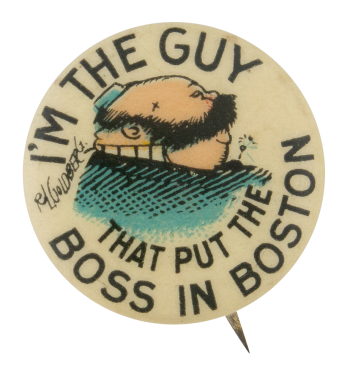A Carmen Kiss
| Category | |
|---|---|
| Additional Images | |
| Sub Categories | |
| Text on Button | Give me a Carmen Kiss |
| Image Description | A black and white photograph of a women appears over a white background with black text. |
| Back Paper / Back Info |
Whitehead & Hoag Co. Newark N.J. Patent dates: July 17 1894, April 14, July 21, 1896 |
| Curl Text | High Admiral Cigarette |
| Back Style | |
| The Shape | |
| The Size | |
| Year / Decade Made | |
| The Manufacturer | |
| Additional Information | This was an advertisement for High Admiral Cigarettes. It first appeared in the early 1900s. The image may be a reference to Carmen, an opera that was first performed in 1875. High Admiral Cigarettes are a brand owned by The National Cigarette and Tobacco Company. Their flagship brand, Admiral, was first marketed in 1883. Other brands produced by the company included: Royal Sweets, Opera Lights and Yellow Kid. Known for their outrageous publicity stunts and forward thinking marketing, National was eventually absorbed into American Tobacco. |
| Catalog ID | AD0101 |



